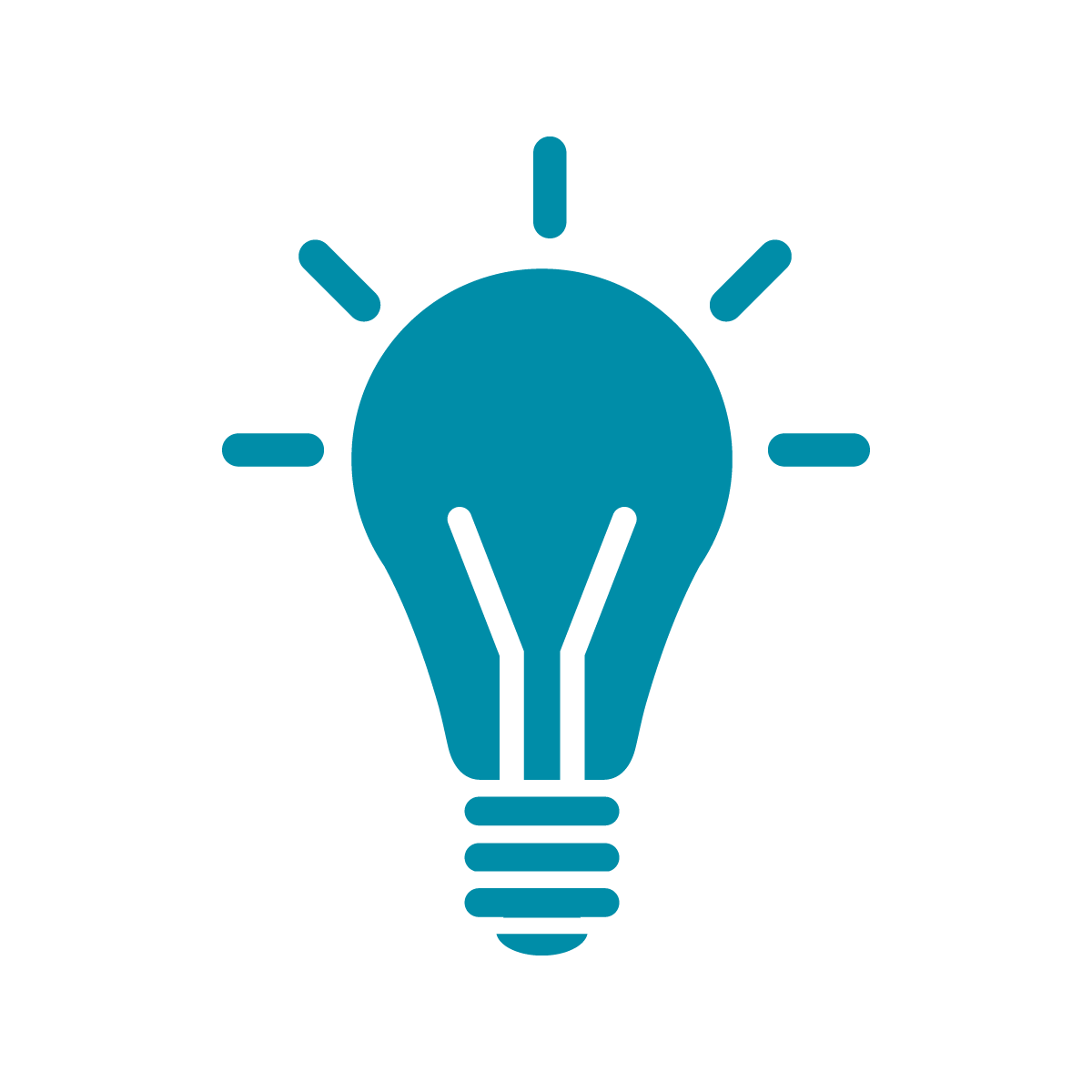Module 2: what we’ve covered
The difference between synthesizers and samples is that a sample is just a sound file on your computer but a synthesizer is a program or piece of hardware that creates the sound live.
A Tidal install comes with synthesizers as well as samples. A good synth for making melodies is superpiano. In Tidal, you play synths with a combination of s to choose a synth and n to select the notes you want to play.
d1 $ n "c a <f d> e*2" # s "superpiano"You can modify patterns with the hash mark #. In this case we’re modifying a pattern of notes with an instrument. We can modify the sound of instruments too.
d1 $ n "c a <f d> e*2" # s "superpiano" # sustain 2 # lpf 1000We can choose octave by putting the octave number after the letter:
d1 $ n "c4 a5 <f4 d5> e3*2" # s "superpiano" # sustain 2 # lpf 1000We can also make chords by adding 'maj, 'min, or 'dim, among others.
We introduced the transformations (|+) and sometimes which can be used to change the pitch of notes and make changes to patterns happen only half the time, respectively.
d1 $ sometimes (|+ 12) $ n "c4 a4 <f4 d4> e3*2" # s "superpiano" # sustain 2 # lpf 1000We also learned that we can make multiple sounds happen at the same time with [ , ].
d1 $ s "[bd*4,bd*3]"